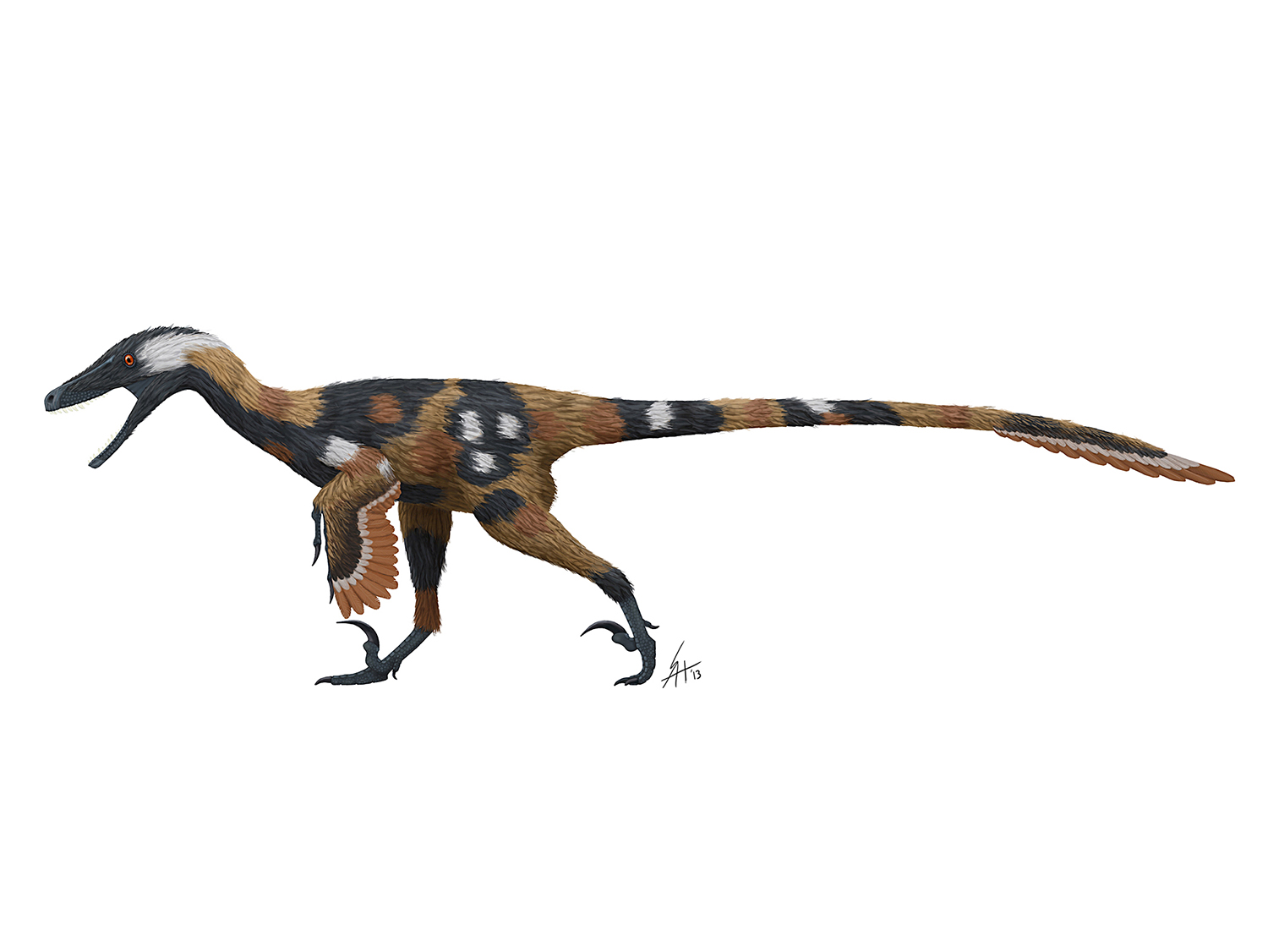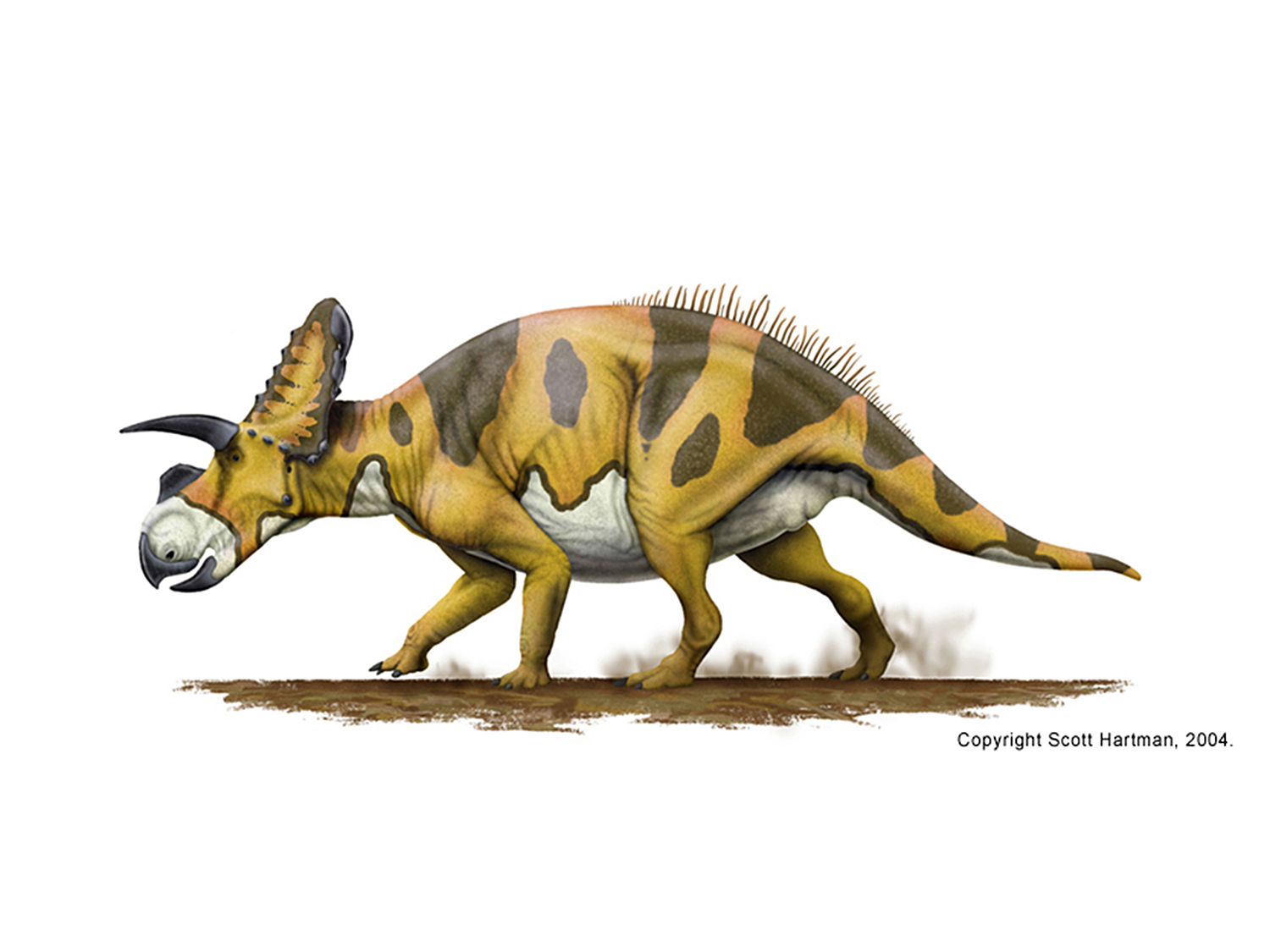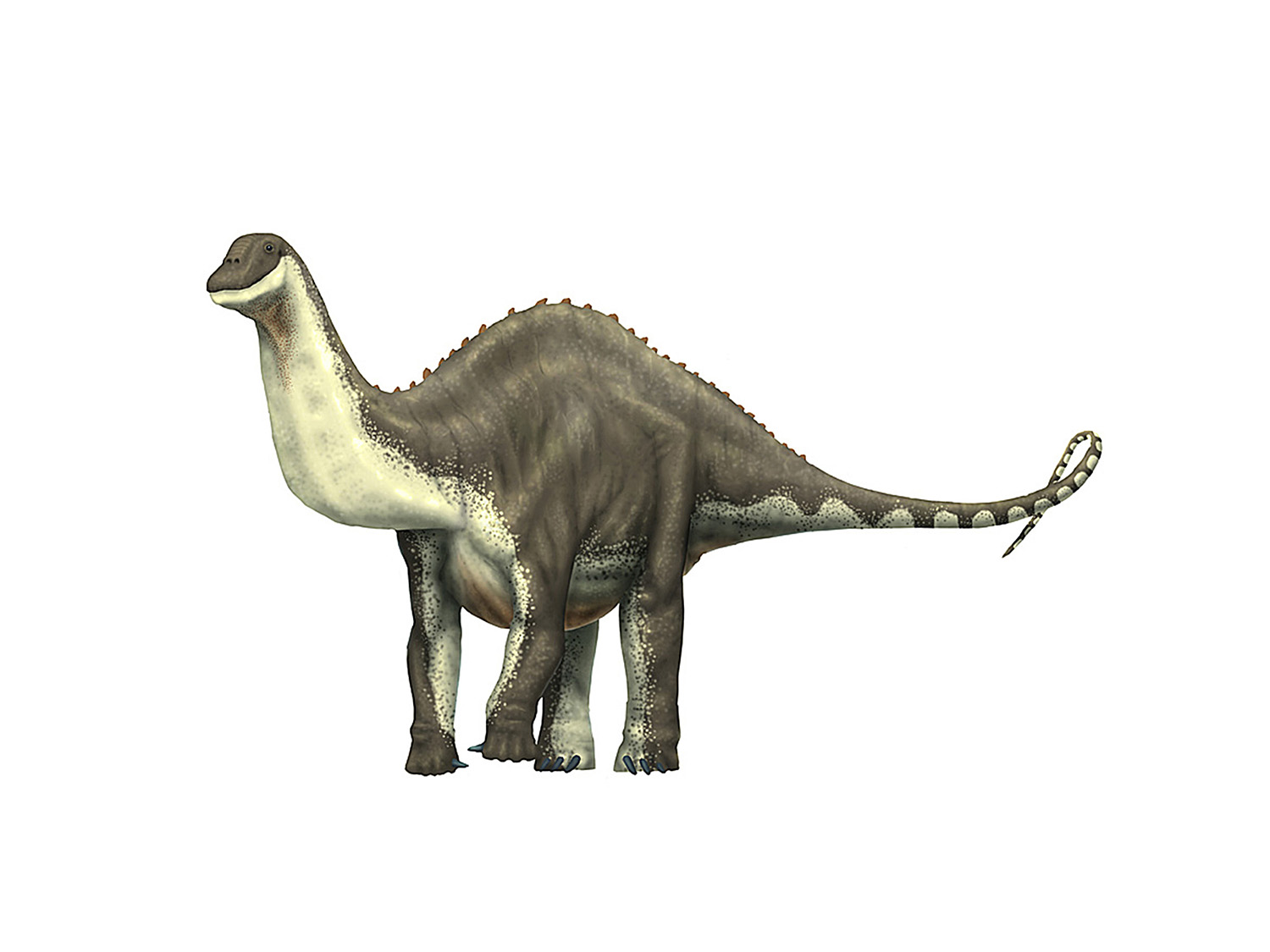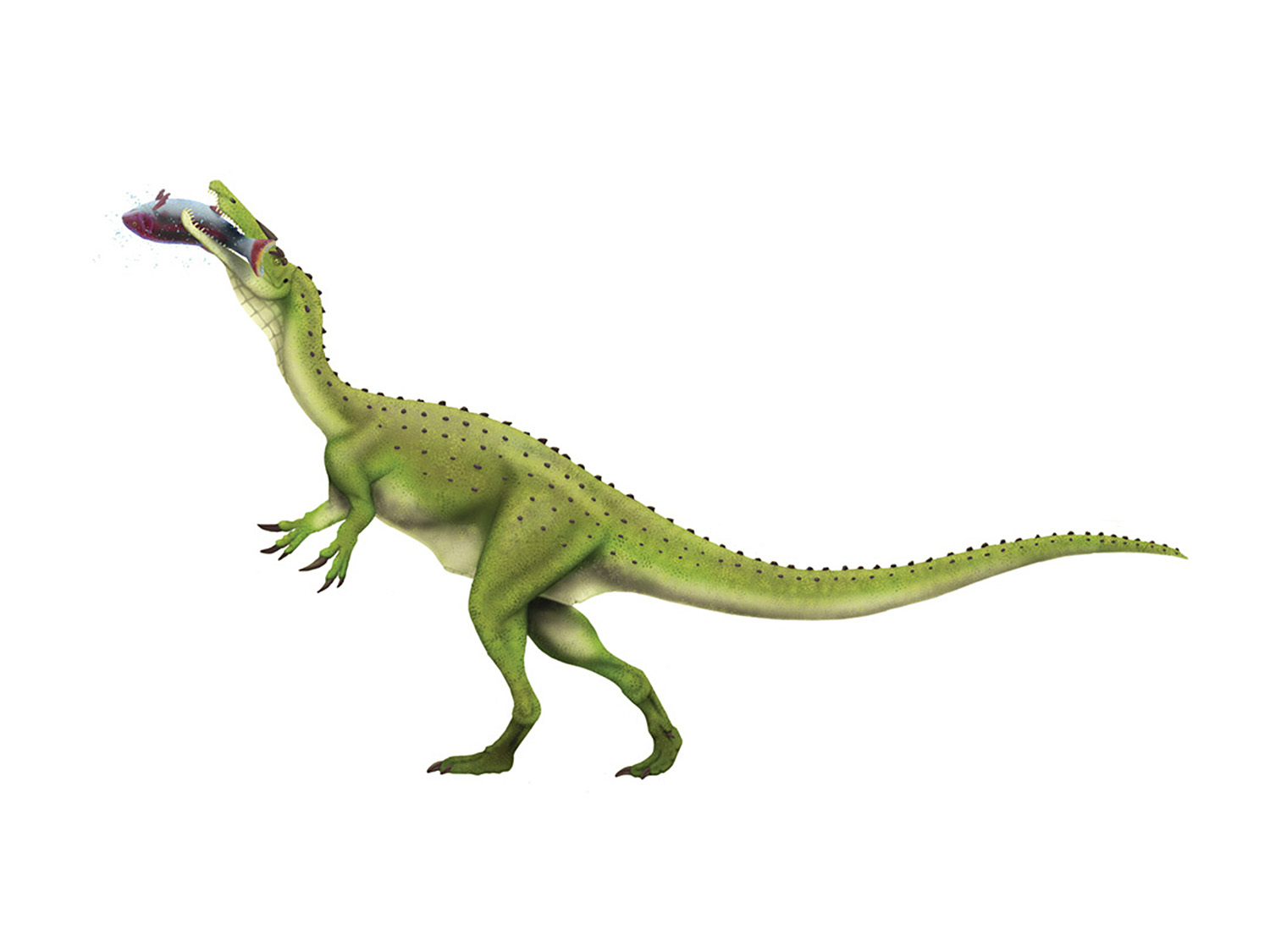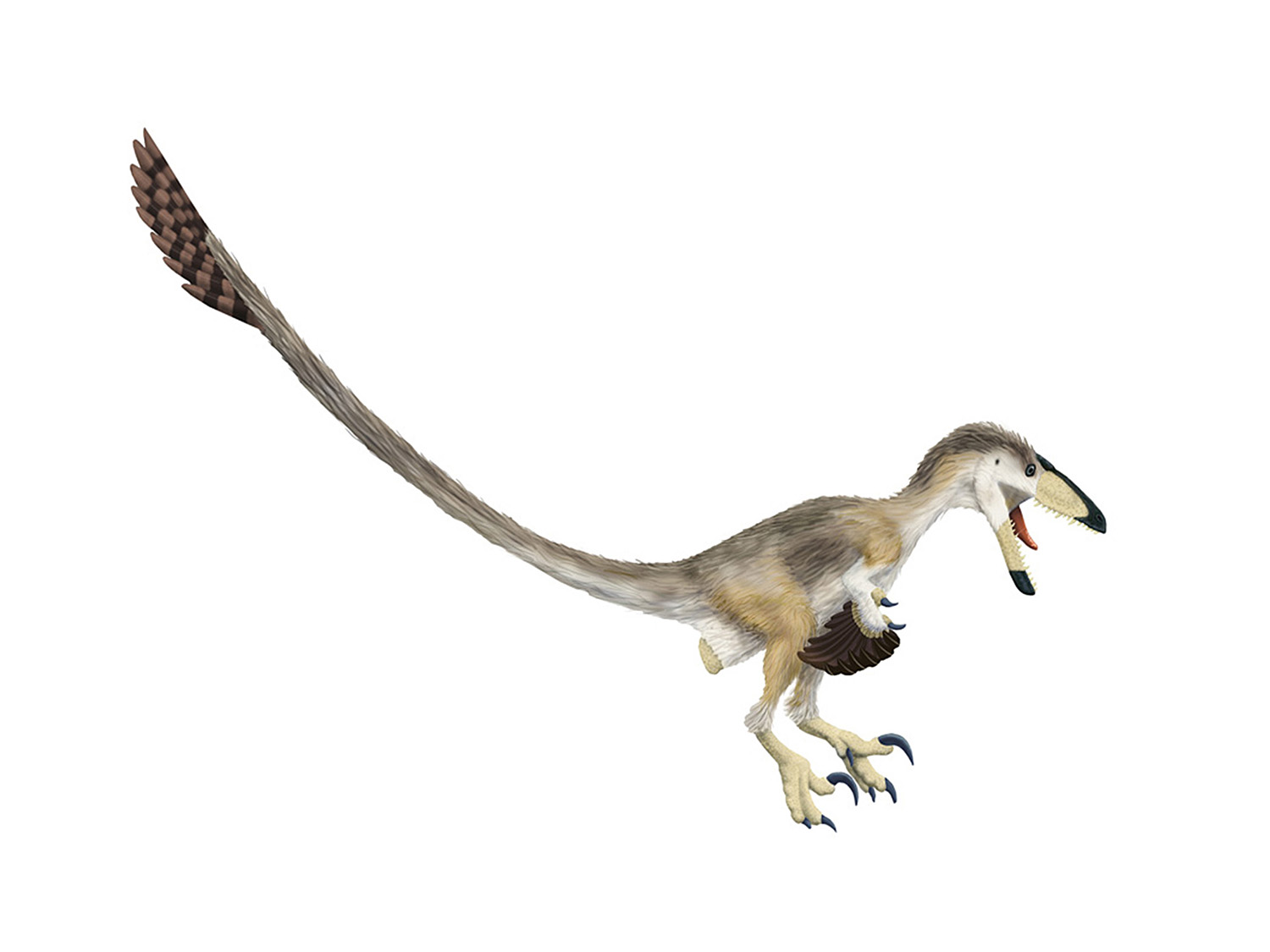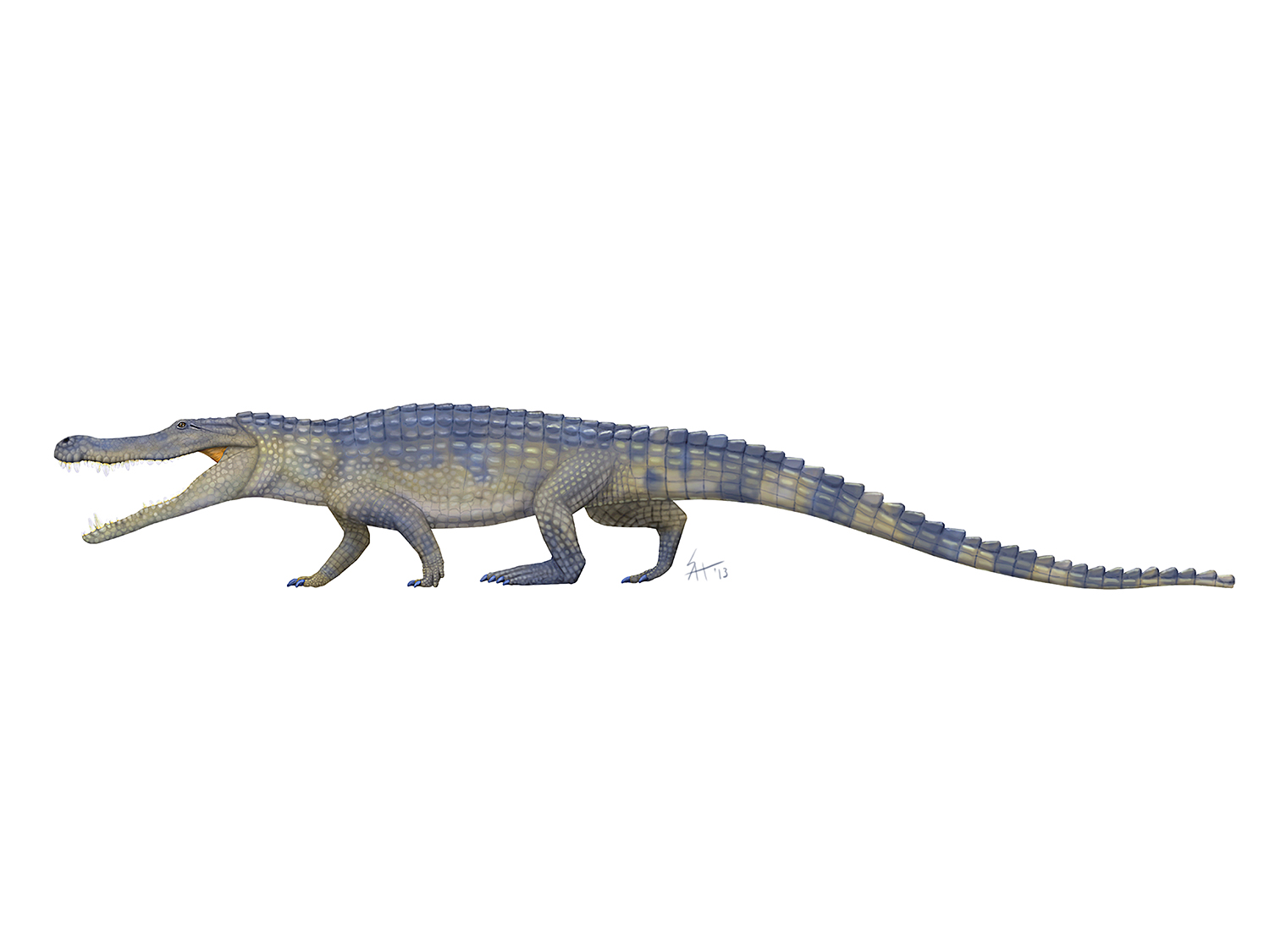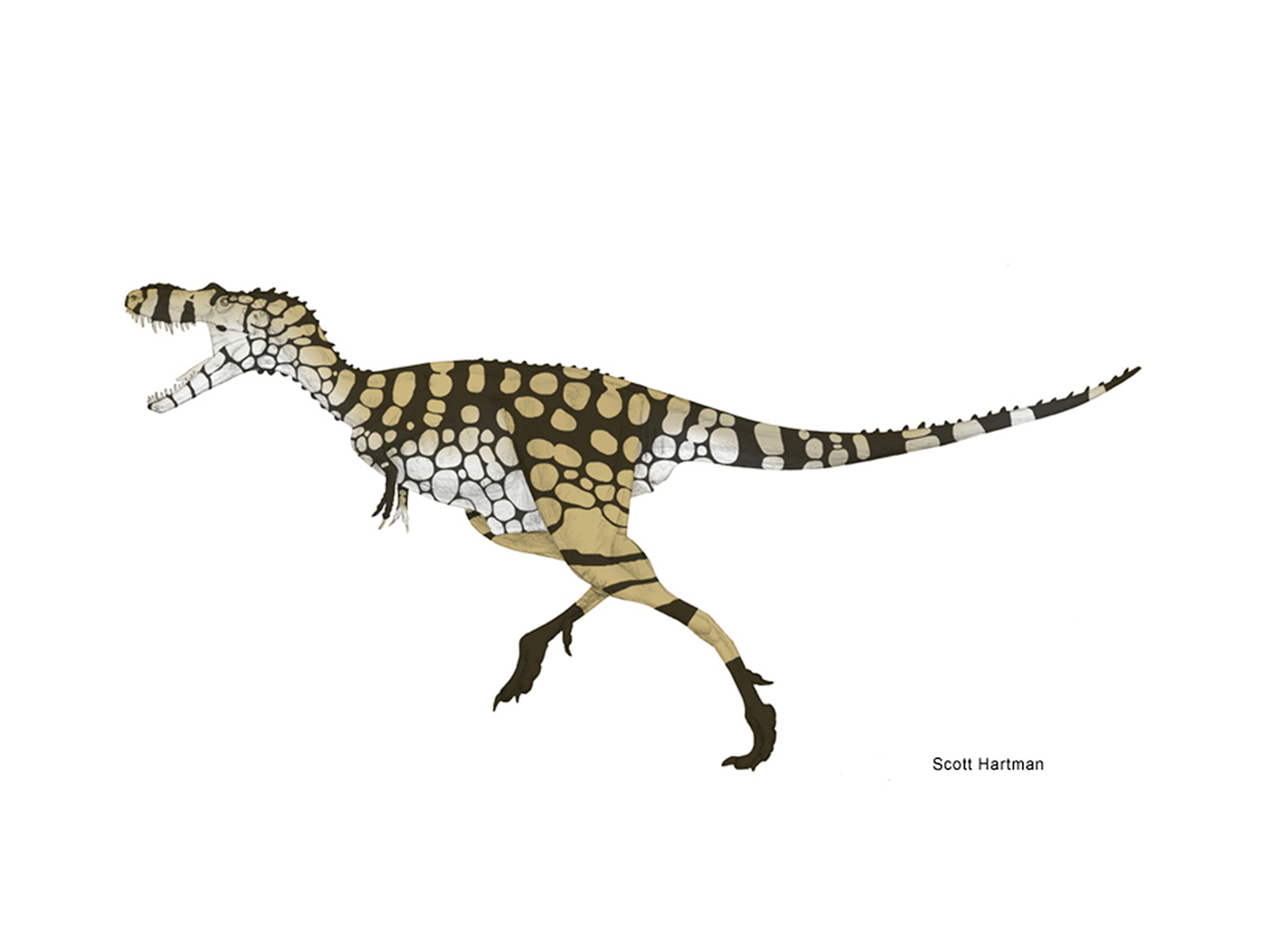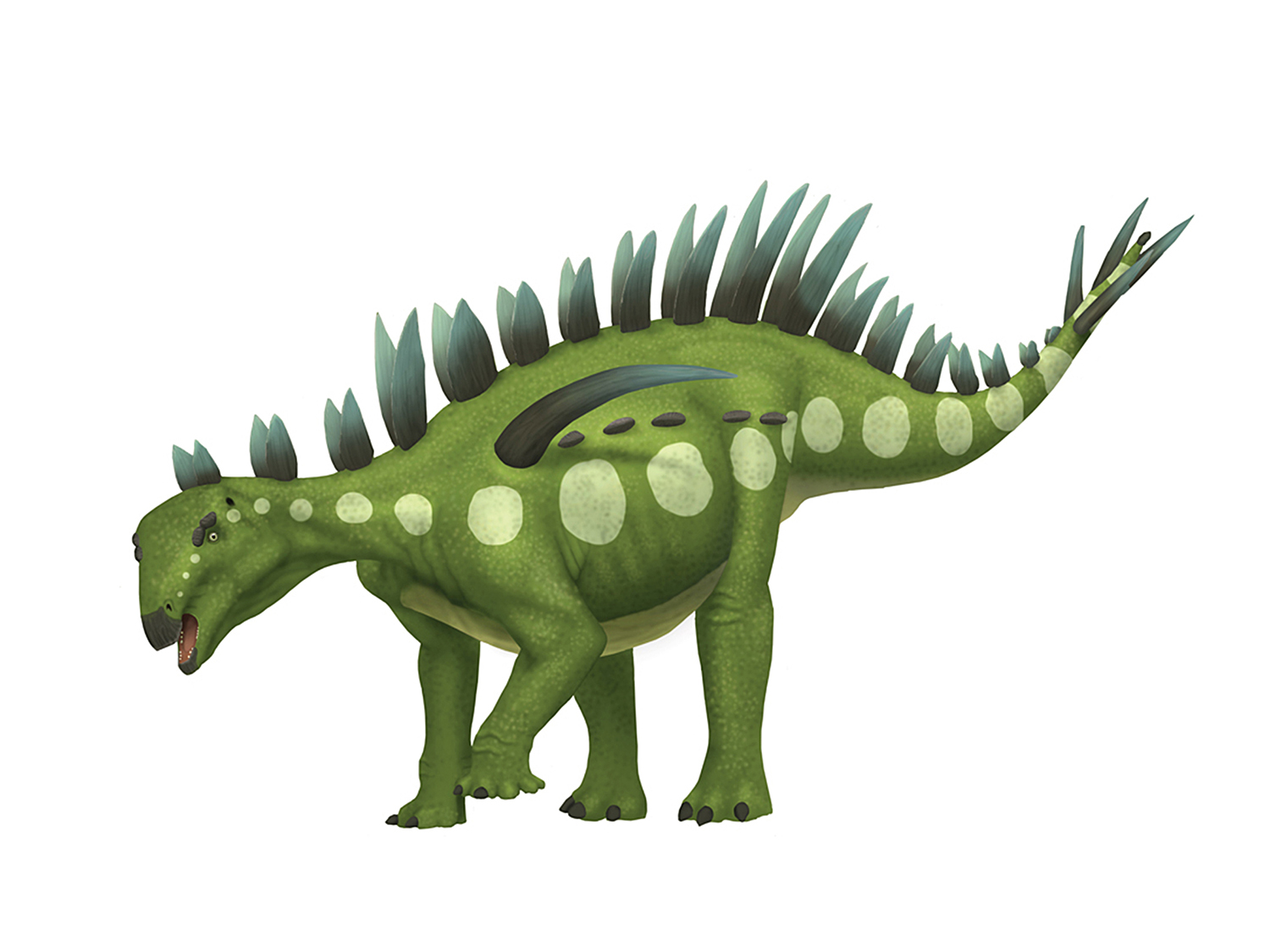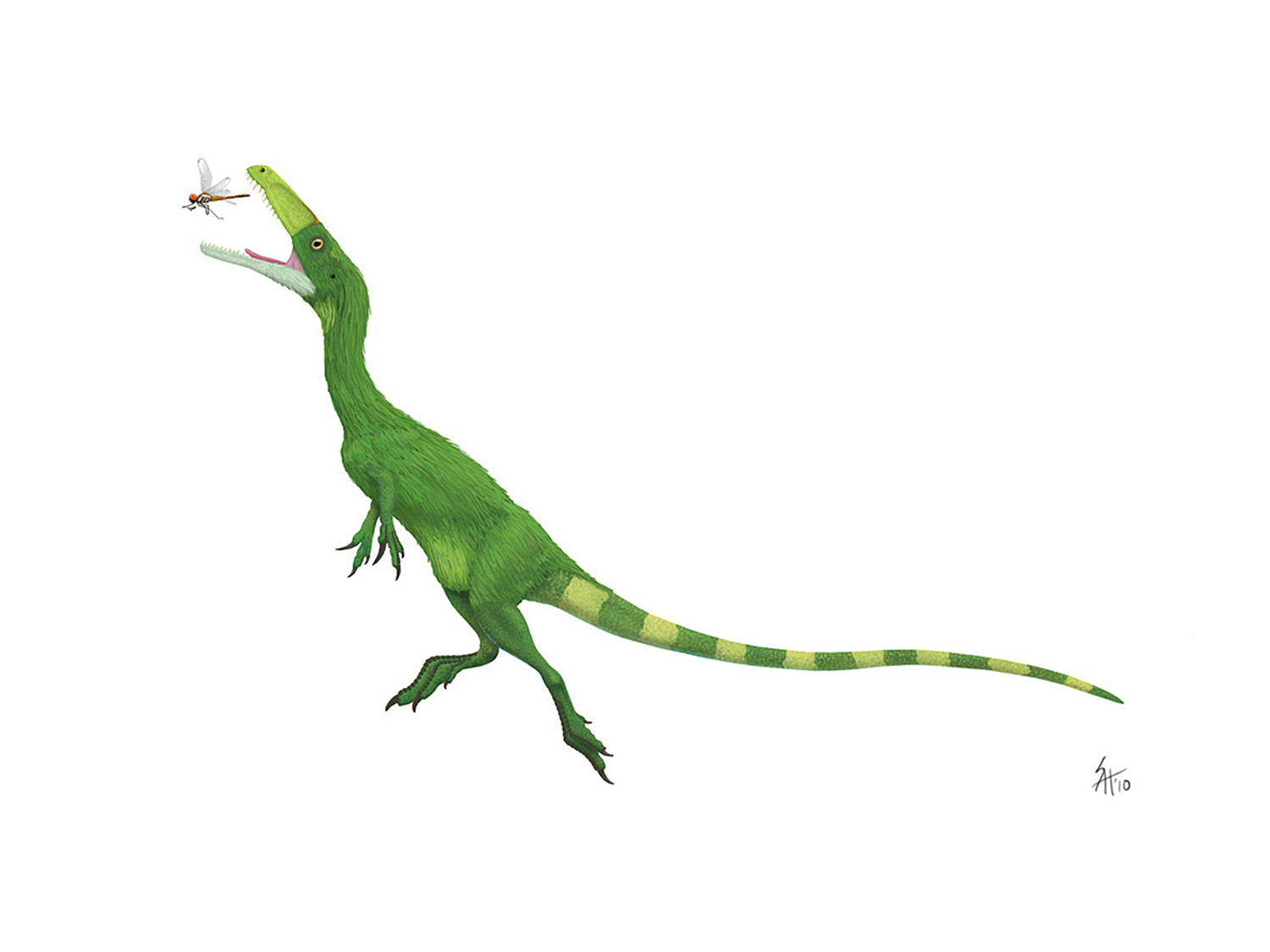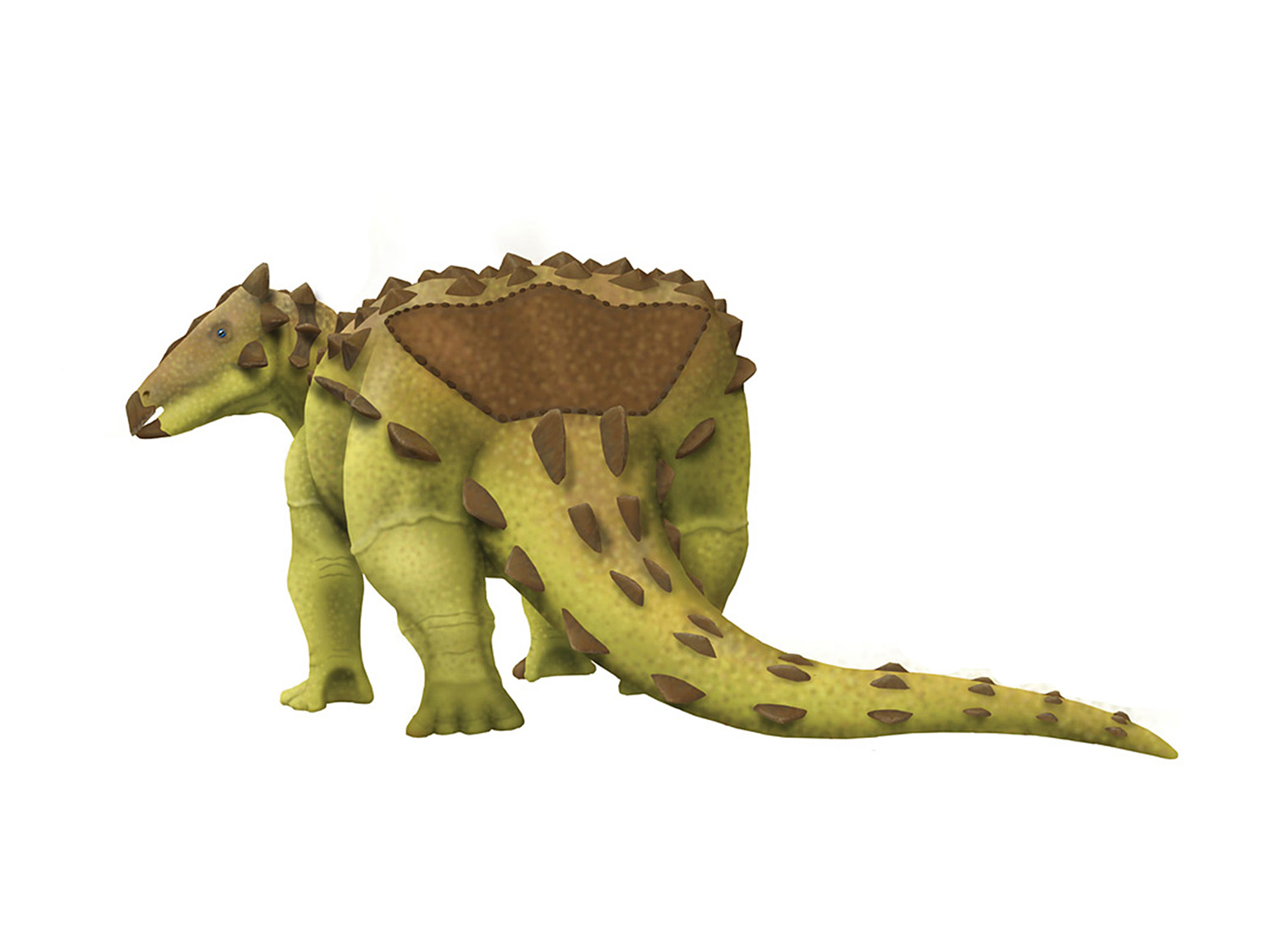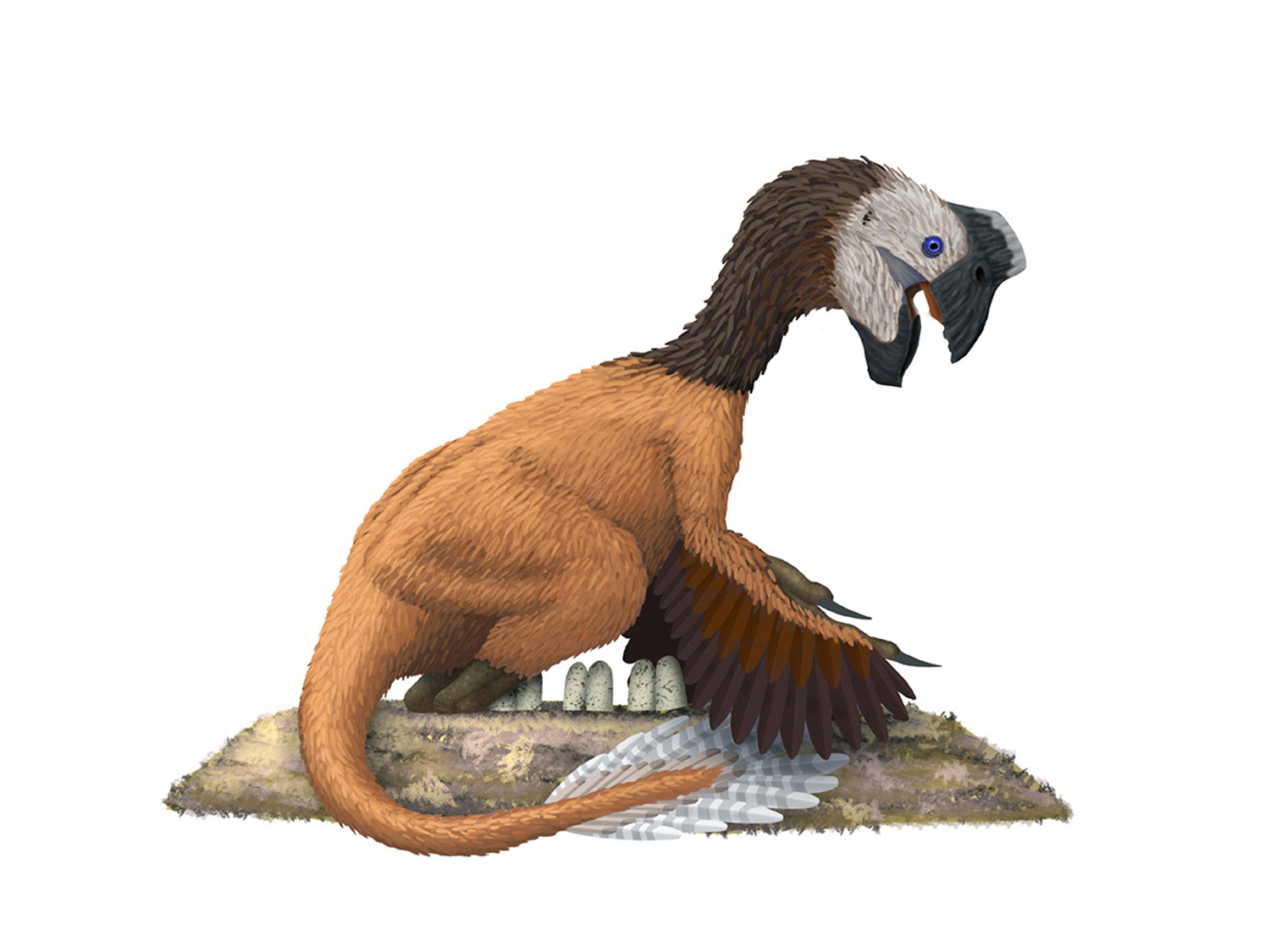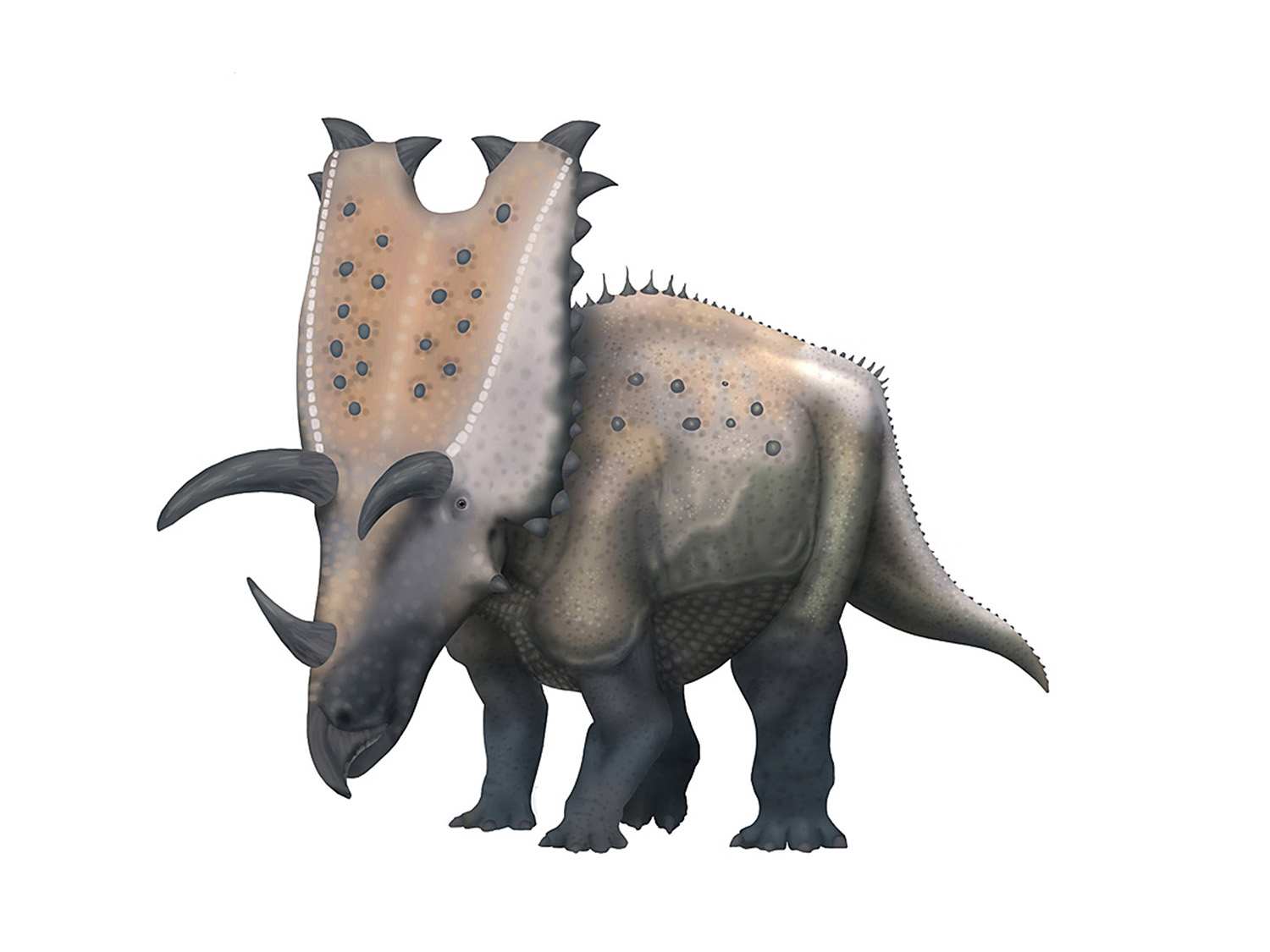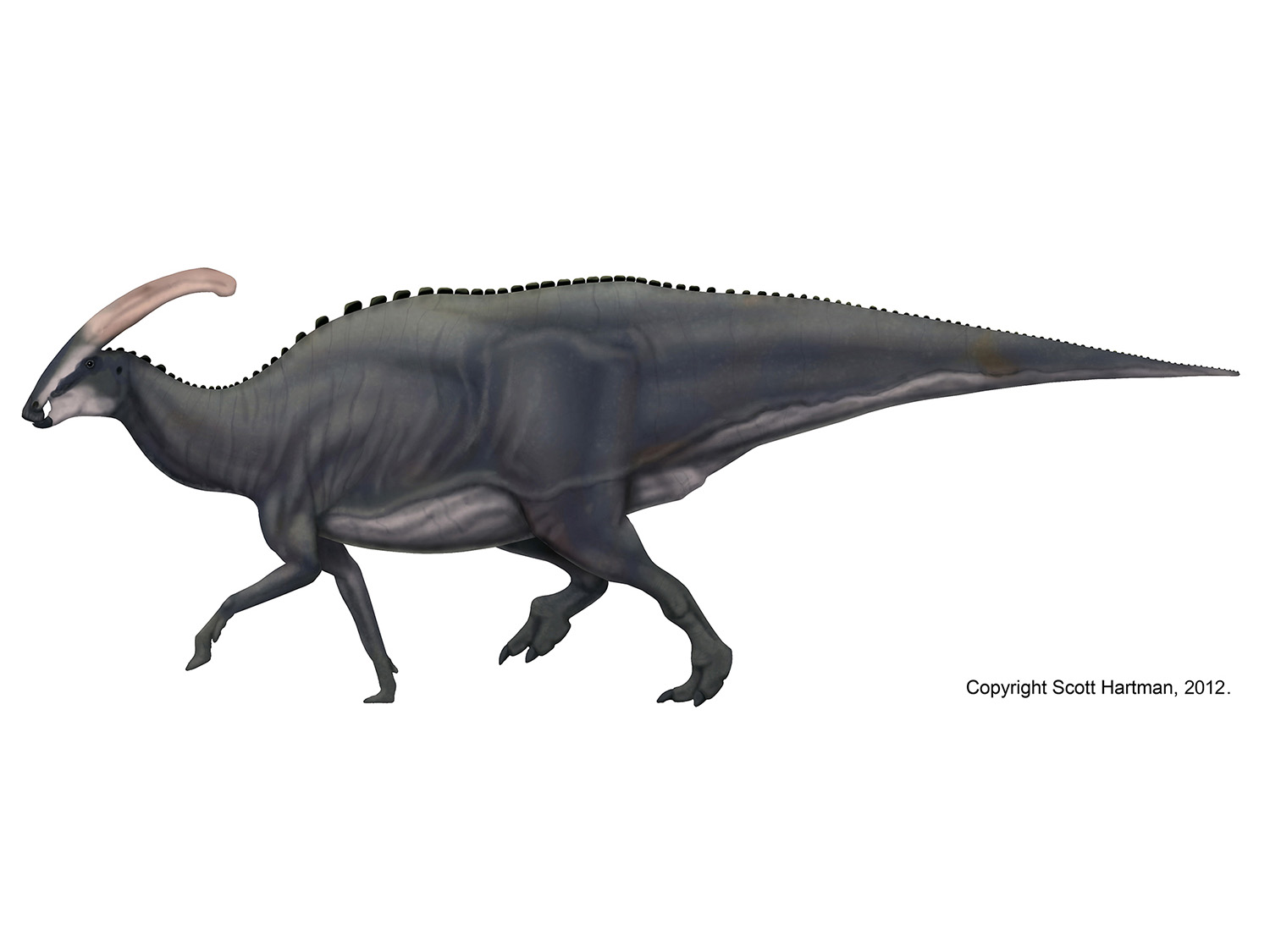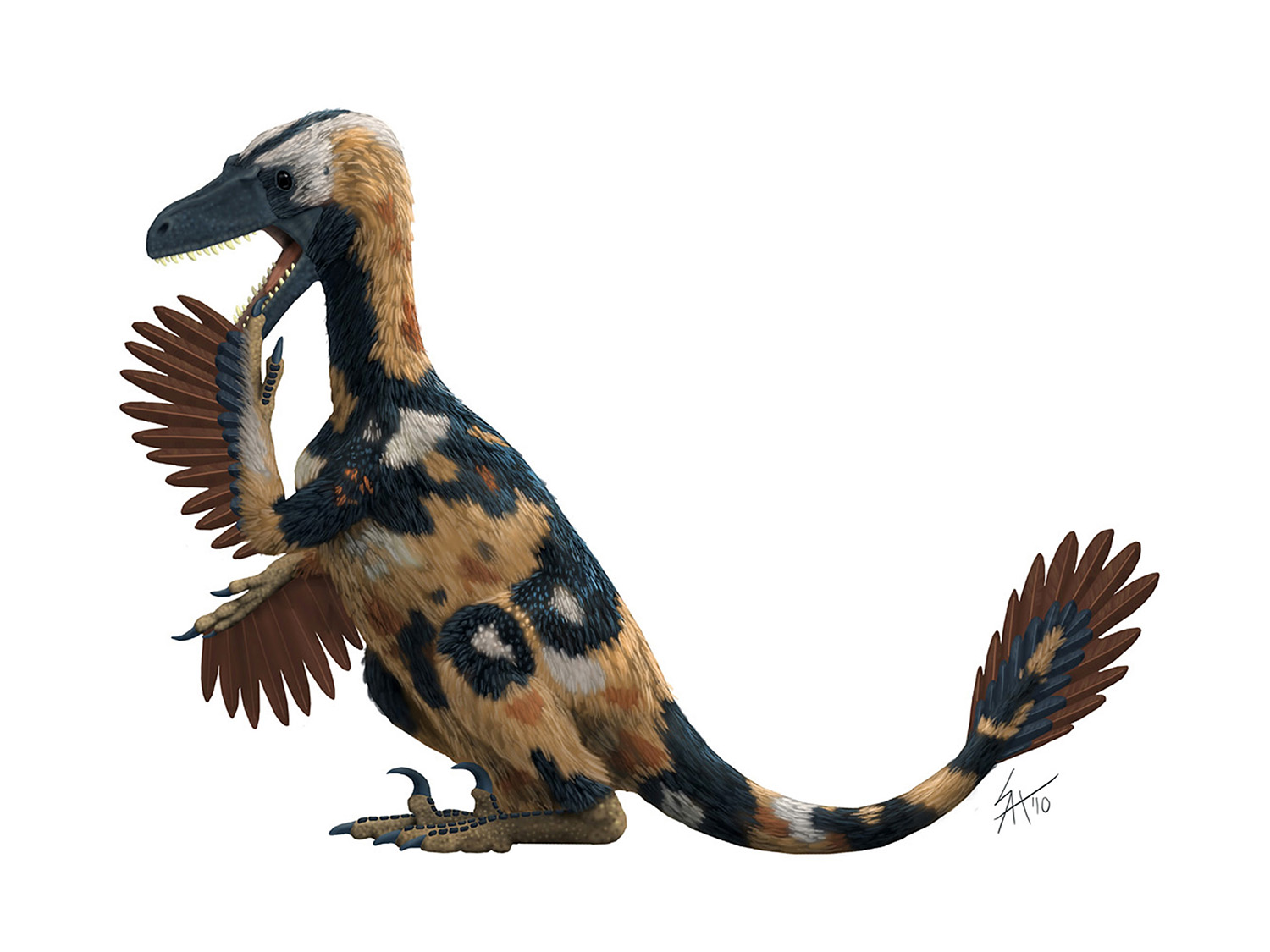There's something fishy about the new Spinosaurus
/A swimming, quadrupedal Spinosaurus, as shown in Fig. 2 of Ibrahim et al., 2014.
Today, after weeks of rampant internet speculation the new-look Spinosaurus was revealed. It certainly didn't disappoint: the paper by Ibrahim et al. musters a wide range of evidence from bone density, isotope data, facial innervation, osteology, etc., to suggest that Spinosaurus not only was a fish-eater (i.e. piscivorous) but was adaptive to that lifestyle to a greater degree than other known spinosaurids. Not only do they claim that Spinosaurus spent most of its life swimming in the water with adaptations that would rival early whales, but Ibrahim et al. specifically claim that the altered limb proportions would require Spinosaurus to have been an obligate quadruped on land, a first for a theropod.
I'm afraid I am not here to surprise you with an updated skeletal reconstruction. But I do have some preliminary observations, and after checking the scaling of the composite skeleton I'm afraid there appears to be something fishy with the proportions (see what I did there?).
Supplemental figure S3 from Ibrahim et al., 2015.
First off, note that when looking at Figure 2 from the paper (shown at top) they color in a lot of "Spinosaurus" material, which might give you confidence in the proportions they use to reconstruct the skeleton. However, if you read the supplemental data (and as with any paper I highly recommend you do) you will find the Supplemental Figure S3, which has a whole lot of additional colors. In order to interpret this you need to know that the red and rust-orange represent the newly designated neotype and the older (now destroyed) Stromer specimens, but about all of those other bones? Yellow is referred isolated remains (i.e. they aren't informative in terms of proportional scaling), the green elements are based on other spinosaurids (e.g. they are not from Spinosaurus) and the blue are "inferred" (e.g. restored, not based on actual fossils).
I of all people won't begrudge the authors' for inferring missing bones, and they are to be commended for the supplemental figure, which so clearly labels which bones are based on which specimens in a visual and easy to understand diagram. But when boiled down to the bones that impact the scaling of the specimen there is a lot less data to work with than a reader might infer from Figure 2 up at the top of this post. In terms of proportions, most of the newly available data only pertains to the pelvis and the hindlimbs. I created a (rough) schematic diagram to illustrate what we knew prior to this publication from Stromer's material (smaller skeletal) and what we have to base the proportions on with Stromer's material plus this new specimen (NOTE: I haven't changed the proportions or shape of the new pelvic and hindlimb elements, this is a schematic diagram).
Ibrahim et al. (2014) shift the tall-spined "caudal" vertebrae back to being a posterior dorsal, and they move the next tallest caudal almost all the way to the anterior part of the tail, in contrast to the positions that have been recently suggested. This results in a much shorter "retro-look" sail and a rather skinny but flexible tail. That may well be correct, but what I want to focus on is the pelvis and hindlimb proportions. The authors' provide a wonderful table (S2) with measurements of individual elements of the neotype specimen, which is naturally the first thing I went to check when I saw how radical the new interpretation was. And that's where we run into trouble.
How can we know how large the pelvis and the hind limbs are relative to the rest of the animal in a composite skeleton? The best way to tell is to scale them against the dorsal column, and luckily the neotype specimen (FSAC-KK 11888) has several vertebrae. Table S2 in the supplemental data section reports that D8 is 18 cm long. It also reports that the length of the ilium is ~71 cm in length, or nearly 4 times the length of D8 (3.94 to be precise).
As it happens you can use ImageJ or Photoshop to check the linear proportions of those elements with their respective measurement tools, and here is where something fishy happens, as the ilium in the reconstruction from the paper is much too small relative to the vertebrae from the same specimen. In fact it needs to be increased about 27% (e.g. x 1.27) to match the published length. And it's not just the ilium that is wrong; the rest of the pelvis and the entire hindlimb is off, and they are off by about the same amount, suggesting it's the reconstruction and not the measurements that are in error.
I've "corrected" the size of the pelvis and hind limb so that they match their published size relative to the dorsal vertebrae, and it makes a pretty big difference. Not only do the hindlimbs look more in line with other theropods, but the deeper pelvis would also impact the center of gravity calculations (by shifting them back). I haven't had a chance to look at the scaling of the cervical or caudal series in depth, but assuming that Table S2 is correct then the appendicular skeletal proportions published in the paper cannot be right. At the very it least it calls into question the idea that Spinosaurus was an obligate quadruped on land.
Original at the top, corrected at the bottom.
Now I want to say a few words of caution. Given the heightened popularity of Spinosaurus (especially on the interwebz) I fear this will lead to exuberant and irrational skepticism of the Ibrahim et al., paper. I am not advocating the wholesale rejection of their data - the new specimen certainly helps fill in some osteological gaps, and the taxonomic revision they undertook was desperately needed. Likewise, the bone density data (and previously published isotope work) make a strong case for Spinosaurus eating fish and spending most of its time in and around the water. In other words, it's an important contribution to science. And I am certainly not trying to impugn the integrity of anyone - I am only saying that there appears to be a significant error in the scaling, something I've certainly done myself. But given the facts available it appears that the proportions of the skeletal in the paper cannot be correct, and so the locomotive and ecological interpretations that depended on the proportions must be questioned.
Also, note that I will definitely have to revise my own skeletal reconstruction. There are other issues that need to be resolved - for example, the skeletal reconstruction in Ibrahim et al. reconstructs all of the dorsal centra as far longer than tall, which is in contrast to my reconstruction. It's also in contrast to the surviving photographs of Stromer's original material, but at least some of the centra in that photo have been restored. It may be that there is a transition in the dorsal series, but without more work that's pretty ambiguous. In short, there is quite a bit of work to be done.
Hopefully I'll be able to revisit the skeletal with this new data in hand sometime soon. In the mean time, remember that we are always taking a chance when we illustrate poorly documented fossil taxa. And that's ok, because revision is part of the secret sauce that makes science work.




